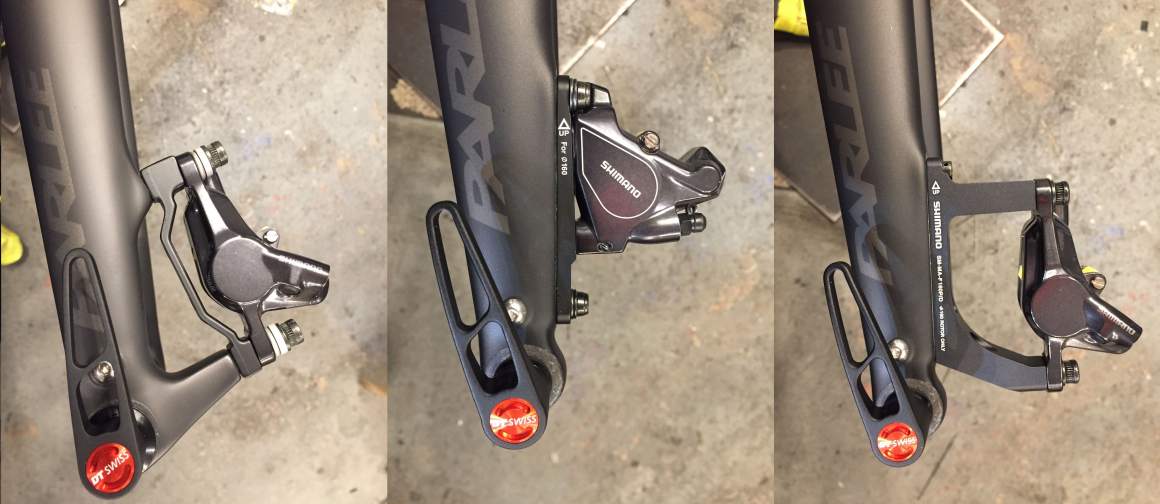Cables enter the frame on the down tube, gear cables go to under the bottom bracket, where there is a cable guide, and the up to the front mech, or straight inside the chainstay for the rear mech.
For the rear brake, housing (or hose if you run hydros) runs inside the frame, above the bottom bracket area in to the chainstay. Housing exists the chainstay near the brake caliper.
There are some stories on how internal cable routing is the bogey man, and hard to install/service etc, but if you take some care, no rush, and do it properly it is a good thing.
Looks nicer, and cables are not so exposed to the elements, mud, sweat, so they keep running well for longer.
Nice things to have
1 - Install cable liners ! Makes everything smoother, cables are protected from corrosion, they do not contact other parts and only move inside the liner.
So, less friction, no wear on cable guides.
BONUS : When you want to replace the cable, just feed it into the liner, no fishing needed.
2 - For housing/hoses inside frame, use dampening foam,otherwise it will rattlle.
Bare cables are always stretched, so they do not rattle (as much), but housing WILL make mind altering knock knock knock noises on rough surfaces.
3 - Magnetism is awesome. Have difficulties routing cables and inners inside the frame? Use a magnet.
Do not forget to run the liner through the frame port before inserting.
The centerpiece for internal housing, the area under the bottom bracket. The frameset came with 2 guides, one for 1x drivetrain, and this for 2x. It also has a nice screw-on cover for this area.
Rear mech cable exit.
Brake Housing inside the foam liner.
Here is the brake housing exiting the frame (inside the foam)
Cable port installed, connected to caliper.
Rear mech cable exits on the top of the chainstay. Add another bit of housing and DONE !
(Notice the GOLD chain, because... BLING ! )
(Also notice the adhesive protection on top of the chain stay, to protect from chain slap).
Trim cables to size, place anti-fray caps (or super-glue) and we are almost done !
(We will need to index gears, center brakes, etc, but I will do that with the bike on the stand as it is much easier that way).














































